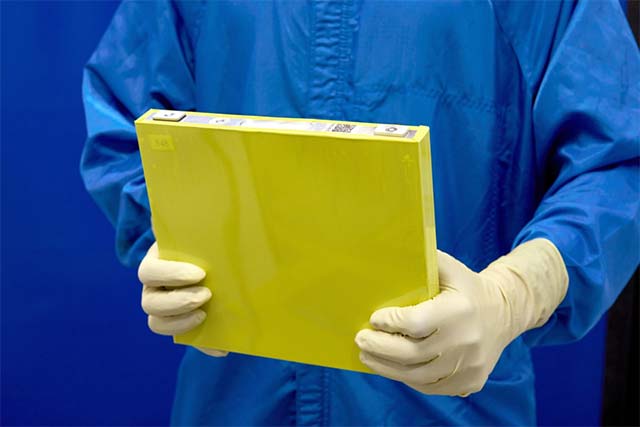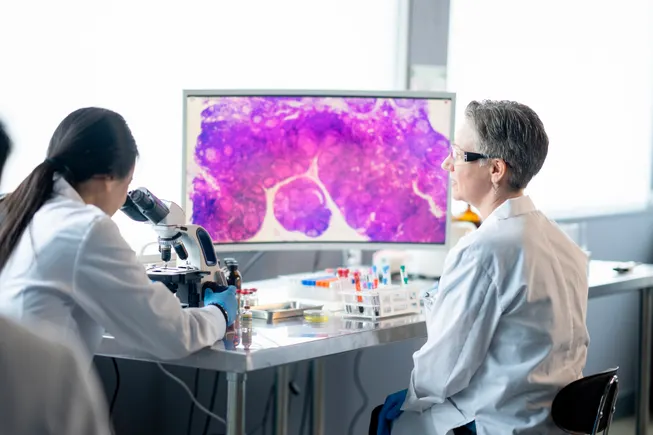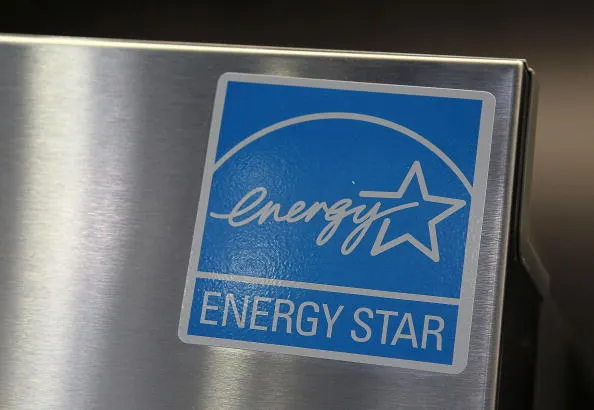Anion Localization on Termini of a Non‐Fullerene Acceptor Aids Charge Transport
Advanced Energy Materials, Volume 15, Issue 18, May 13, 2025.

Time-resolved infrared spectroscopy, in conjunction with computational chemistry, transient absorption spectroscopy, and morphology characterization, is employed to demonstrate spatial localization of the radical anion on the terminal units of non-fullerene acceptors. This localization is correlated with fast charge extraction through effective transport channels and thus demonstrates another avenue by which non-fullerene acceptors perform so well in organic photovoltaics.
Abstract
Non-fullerene acceptors have revolutionised organic photovoltaics. However, greater fundamental understanding is needed of the crucial relationships between molecular structure and photophysical mechanisms. Herein, a combination of spectroscopic, morphology, and device characterization techniques are used to explore these relationships for a high-performing non-fullerene acceptor, anti-PDFC. It focuses on transient absorption spectroscopy across multiple timescales and ultrafast time-resolved vibrational spectroscopy to acquire the “holy grail” of simultaneous structural and dynamic information for anti-PDFC and its blend with the well-known conjugated polymer PM6. Most significantly, it is observed that the singlet exciton of anti-PDFC is localised on the perylene diimide central core of the molecule, but the radical anion is primarily localised on the fluorinated indene malonitrile terminal units (which are common to many state-of-the-art non-fullerene acceptors, including the Y6 family). This electron transfer from the central core to the termini of an adjacent molecule is facilitated by a close interaction between the termini and the central core, as evidenced by single crystal diffraction data and excited state calculations. Finally, the very efficient charge extraction measured for PM6:anti-PDFC photovoltaic devices may be correlated with this anion localization, enabling effective charge transport channels and thus enhancing device performance.





















































































































































